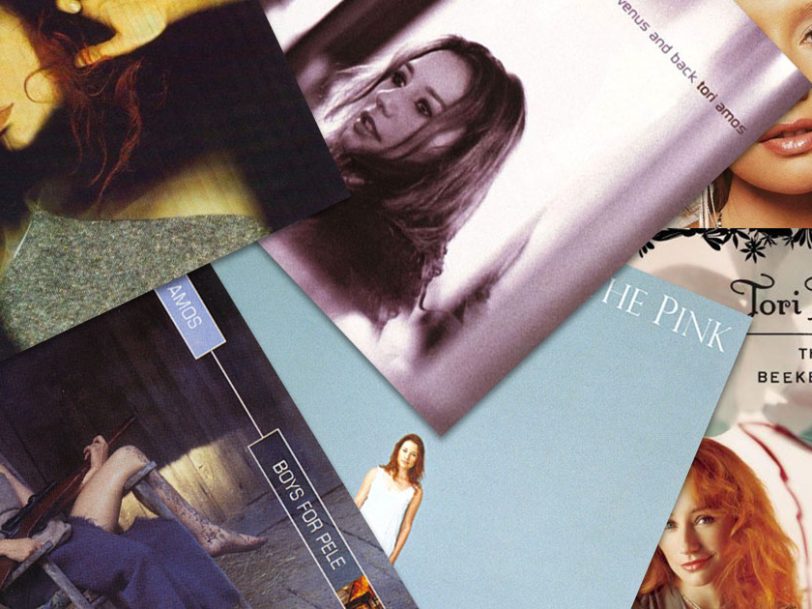Tori Amos described her debut album, 1992’s Little Earthquakes, as “my first attempt at getting out of the egg: that little chicken that kinda kicks out”. Over 30 years later, Amos has created classic after classic; yet the best Tori Amos albums always have that sense of discovery. It still feels as though Amos is trying to burst open an egg, with all the mess and beauty of birth that entails.
Whether exploring the male gaze, trauma, spirituality, female energy, motherhood – or a million other themes – the best Tori Amos albums put the listener at the heart of her psyche. One of the most influential female musicians of all time, Amos often speaks as if she less a creator, and more a conduit for her music, her songwriting a way for steam to escape from a valve. “For a long time,” she wrote in her 2020 memoir, Resistance, “I didn’t appreciate that for certain songs to show themselves to me, they have to trust that I am ready to carry them.”
In turn, her listeners trust her – with their own pain, their own turmoil, their own joy. Amos celebrates redemption in her music but never neglects the ordeals that made that redemption necessary – and sometimes with searing directness. “You can heal, and yet not forget,” as she said in 1996. “And it’s a new way of thinking.”


